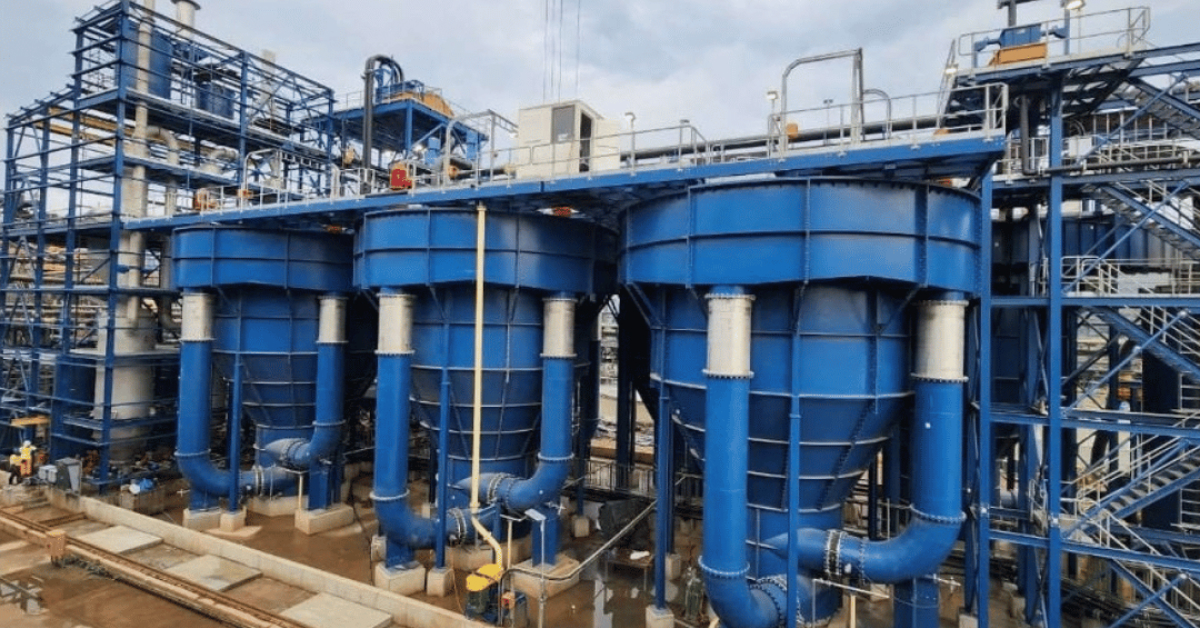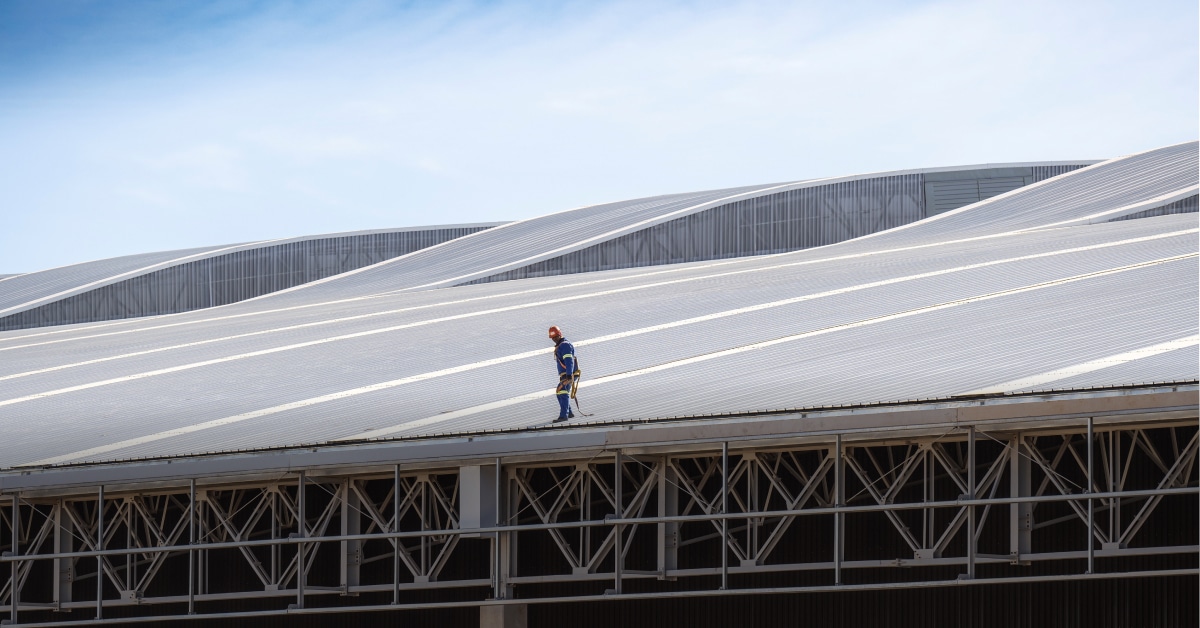An often debated topic when determining the waterproofing of roof cladding is the use of profiled foam filler blocks and closure pieces, more commonly known as poly blocks or poly closures, to enhance the performance of profiled metal closures at ridges and headwalls plus hips and valleys. Occasionally they are also specified to close voids at the eaves. However, the most common use is under ridge and headwall flashings. For some unknown reason they are rarely fitted under hip flashing. It must be stressed that these closures or not intended to act as the primary water seal nor to replace metal closures or the bending up of the pans/troughs of the cladding. When correctly installed they provide an effective seal against the intrusion of dust and insects as well as reduce air leakage in mechanically ventilated buildings.
To be effective they need to fill the entire void between the cladding and flashing plus bond to all contact surfaces of the cladding (but not the flashing) so as to form a waterproof seal. Failure to achieve a waterproof seal will leave the interface between closure and cladding vulnerable to crevice corrosion which can be severe in marine and polluted environments. Under no circumstances are the closures to be manufactured from materials that absorb moisture. The reason why they should not bond to the underside of flashings is to provide for thermal movement. Most rubbers and foams have a limit on transverse movement of between 25-40% of their thickness before rupturing, normally just above the zone penetrated by the adhesive bonding the closure to the cladding. The material also needs to retain its properties through a temperature range of -5 to 90°C.
Generally this form of closure is not recommended in very cold or humid environments as they inhibit the egress of interstitial condensation.
Please visit our website www.samcra.co.za for other articles and papers on subjects pertaining to cladding.






